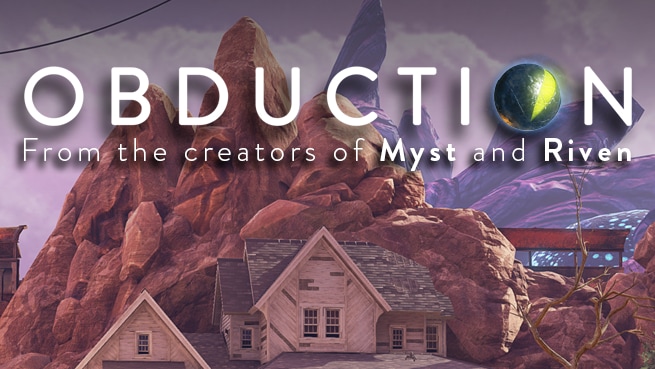

In fact, if you’re playing a Zelda or Metroid title, I’m the guy you want sitting next to you saying “What if you tried putting a bomb against that wall?” and offering other advice along the way. I consider myself fairly good at solving video game puzzles. The first reason for these subtle expletives is that the puzzles in Obduction are hard. Your time in Obduction will essentially be spent doing three things: exploring this mysterious little town to uncover its true nature, solving puzzles to unlock new areas, and cursing silently under your breath. This is a very good thing because that’s most of what Obduction asks you to do. The juxtaposition between the normalcy of a wooden shack or cave, against the foreboding sight of an alien sky littered with unfamiliar stars, creates a motivation in you to explore every room, rock, and corner that you can. Imagine if you took an emerging Old West town from the turn of the century, imbued it with a Gilded-age aesthetic, filled it with enigmatic characters, and then scooped the entire thing up and transported it into an alien dimension full of purple mountains and multiple suns.

The setting of Obduction, while breathtaking inside of VR, is almost impossible to describe outside of the headset. From the opening moments, you’ll feel transported into a realm that has enough similarities to reality to feel familiar, and enough extra-dimensional surprises to feel truly wondrous and unsettling. They share the same essential grammar, the same emphasis on puzzles and exploration, and the same sense of “What in the world is going on?!” that lingers with you until the very last moments of the game.Īs far as I’m concerned, VR has never had an experience that builds a world better than Obduction. Even if you had never read that last sentence, anyone who has played, seen, or read about Myst will instantly recognize the connection between the two titles.


 0 kommentar(er)
0 kommentar(er)
